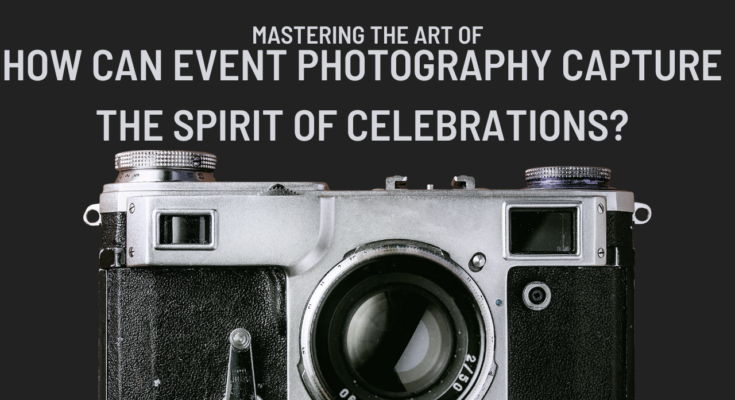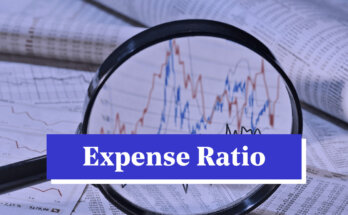Table of Contents
1. The Role of Event Photography in Celebrations
Event photography goes beyond documenting activities—it tells a story. Skilled photographers understand the nuances of the occasion, blending technical expertise with an artistic vision to capture:
- Authentic emotions: Joy, surprise, laughter, and even heartfelt tears.
- Symbolic details: Decor, attire, and other elements that define the event’s theme.
- Key moments: From a couple’s first dance to a company’s awards ceremony.
Photography enables attendees to relive these memories while allowing those who couldn’t attend to experience the magic vicariously.
2. Techniques for Capturing the Spirit of Celebrations
A. Candid Photography
Candid shots showcase people in their most genuine moments, often conveying raw emotion and joy. Capturing a child’s infectious laughter or a groom’s teary-eyed reaction to the bride is essential to reflect the true atmosphere of an event.
Tips for candid photography:
- Blend into the crowd to avoid drawing attention.
- Use a zoom lens to capture moments discreetly.
- Stay patient and anticipate interactions.
B. Creative Composition
Composition techniques elevate ordinary photos into visual masterpieces. Some popular methods include:
- Rule of thirds: Dividing the frame into a 3×3 grid for balanced imagery.
- Leading lines: Using architectural or natural lines to draw attention to the subject.
- Framing: Highlighting the subject through natural or artificial frames like doorways or foliage.
C. Mastering Lighting
Lighting plays a pivotal role in photography, especially in indoor and evening events.
- Use natural light for outdoor events to achieve warm, soft tones. with wedding tulips
- Employ flash or continuous lighting for dimly lit environments.
- Experiment with backlighting for dramatic silhouettes.
3. Types of Celebrations and How Photography Adapts
A. Weddings
Weddings are emotion-filled events brimming with unique traditions and intimate moments. Wedding photographers must focus on:
- Pre-wedding moments: Getting ready shots and first looks.
- Ceremony highlights: Vows, ring exchanges, and cultural rituals.
- Reception energy: Dance floors, speeches, and cake cutting.
B. Corporate Events
For corporate photography, the emphasis shifts toward professionalism and branding. Capturing keynote speakers, networking interactions, and group photos requires precision and a corporate aesthetic.
C. Festivals and Cultural Events
Festivals are vibrant and dynamic, offering endless opportunities to capture color, energy, and tradition. Photographers must be agile to document live performances, processions, and large crowds while maintaining sharpness and clarity.
4. Importance of Preparation in Event Photography
A. Understanding the Event’s Essence
Before the event, photographers should research its purpose and key highlights. For instance, knowing the schedule of performances at a concert or the sequence of rituals at a wedding helps anticipate critical moments.
B. Scouting the Venue
Visiting the venue ahead of time allows the photographer to:
- Identify the best angles and lighting setups.
- Plan equipment needs based on the environment.
- Strategize for crowd control and movement during the event.
C. Communication with the Client
Clear communication ensures the photographer aligns with the client’s expectations. Discuss:
- Specific moments the client wants captured.
- Preferred photography style (e.g., posed, candid, or documentary).
- Logistics such as timelines and deliverables.
5. The Emotional Impact of Event Photography
Photography touches hearts, evoking nostalgia and joy when people revisit those moments. High-quality event photos can:
- Strengthen personal bonds by sharing treasured memories.
- Enhance a brand’s image when showcasing corporate success stories.
- Celebrate culture and heritage through visually powerful festival documentation.
6. Essential Tools for Event Photography
A. Cameras and Lenses
- DSLR or Mirrorless Cameras: Ensure high-resolution images.
- Prime Lenses: Ideal for low-light settings due to their wide apertures.
- Zoom Lenses: Versatile for capturing close-ups and wide shots without changing positions.
B. Accessories
- Tripods: For stability during group photos or long-exposure shots.
- External Flash: Improves lighting in dark environments.
- Backup Equipment: Essential to prevent disruptions in case of technical issues.
7. Post-Processing and Its Role
Post-processing refines the images, enhancing their quality while preserving authenticity. Common editing techniques include:
- Adjusting brightness, contrast, and saturation to match the event’s mood.
- Cropping and straightening for better composition.
- Retouching to remove distractions or blemishes.
8. Challenges in Event Photography
Event photography is unpredictable, requiring quick thinking and adaptability. Challenges include:
- Crowd management: Navigating through dense crowds without obstructing guests.
- Uncontrolled lighting: Handling sudden changes in light, such as fireworks or disco lights.
- Time constraints: Capturing fleeting moments before they pass.
9. Why Hire a Professional Photographer?
Hiring a professional ensures top-notch quality, thanks to their expertise, equipment, and artistic perspective. Professionals also provide:
- Reliability and experience in diverse events.
- A seamless balance between posed and candid shots.
- High-quality post-event deliverables, from prints to digital albums.
Conclusion
Event photography is more than just a visual record—it’s a timeless keepsake of cherished memories. By skillfully capturing emotions, details, and key moments, photographers weave a narrative that embodies the spirit of celebrations. Whether through candid shots or artistic compositions, event photography preserves the magic of life’s most significant moments for generations to come.
FAQs
1. What makes a good event photographer?
A good event photographer combines technical skills, creativity, and interpersonal abilities. They should adapt to changing conditions, anticipate key moments, and make people feel comfortable in front of the camera.
2. How can I ensure my event photos reflect the celebration’s theme?
Discuss the theme and your vision with the photographer in advance. Share examples of desired shots and ensure that decor, lighting, and attire are highlighted in the photos.
3. Is post-processing necessary for event photography?
Yes, post-processing enhances image quality and corrects imperfections without altering the essence of the moment. It ensures the final product aligns with the client’s expectations and the event’s mood.




